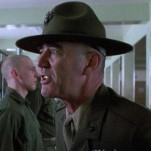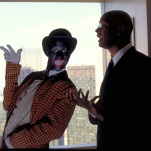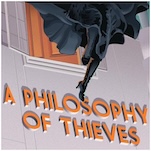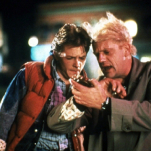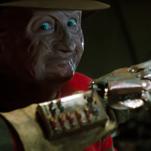My Adventures with Superman Soars Thanks to Its Excellent Take on Clark Kent
Photo Courtesy of Adult Swim

Near the end of Kill Bill Volume 2, the film’s titular bad guy delivers a monologue that gets at the heart of his character. After incapacitating our heroine, the Bride (Uma Thurman), Bill takes the chance to mansplain about his favorite comic book hero, Superman. He rambles about how for most superheroes, like Bruce Wayne or Peter Parker, their crime fighting alias is an alter ego, a mask they literally put on, but for Superman, these roles are flipped: “Superman didn’t become Superman. Superman was born Superman. When Superman wakes up in the morning, he’s Superman. His alter ego is Clark Kent. His outfit with the big red “S,” that’s the blanket he was wrapped in as a baby when the Kents found him. Those are his clothes. What Kent wears—the glasses, the business suit—that’s the costume. That’s the costume Superman wears to blend in with us. Clark Kent is how Superman views us. And what are the characteristics of Clark Kent. He’s weak, he’s unsure of himself, he’s a coward. Clark Kent is Superman’s critique on the whole human race.”
Now, this spiel isn’t necessarily meant to be taken seriously; it’s the worldview of a violent sociopath who views kindness and compassion as character flaws, and as such, he sees Clark’s benevolence as a weakness. These words draw attention to Bill’s values and explain why he is offended that the Bride (who he is comparing to Superman) left the assassin’s life behind her.
However, despite Bill’s obvious misinterpretation of Superman as a character, his diatribe gets at an interesting question: which of these personas is the “main” one, and which is the alter ego? Although the villain is wrong about Superman looking down on humanity, there is a marked difference between Clark and Superman in most adaptations. As Clark, he’s an unassuming, mostly regular person (aside from his killer jawline) whose primary concerns are around work and family, while when he’s Superman, he’s a near-unstoppable being who battles inter-dimensional aliens during his lunch break.
-

-

-

-

-

-

-

-

-

-

-

-

-

-

-

-

-

-

-

-

-

-

-

-

-

-

-

-

-

-

-

-

-

-

-

-

-

-

-

-








